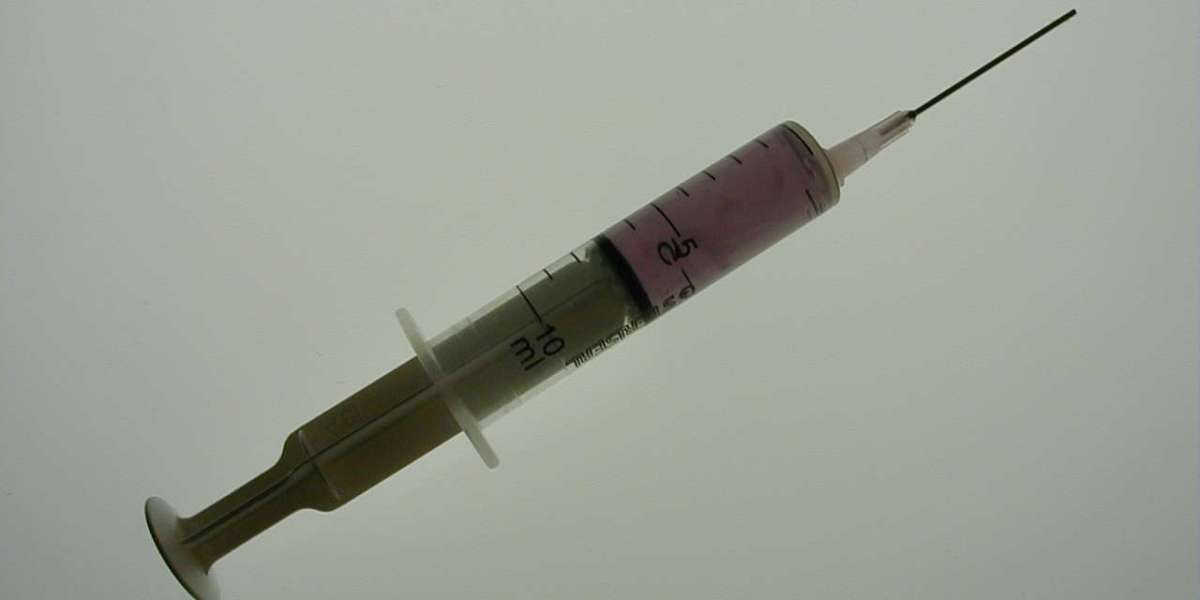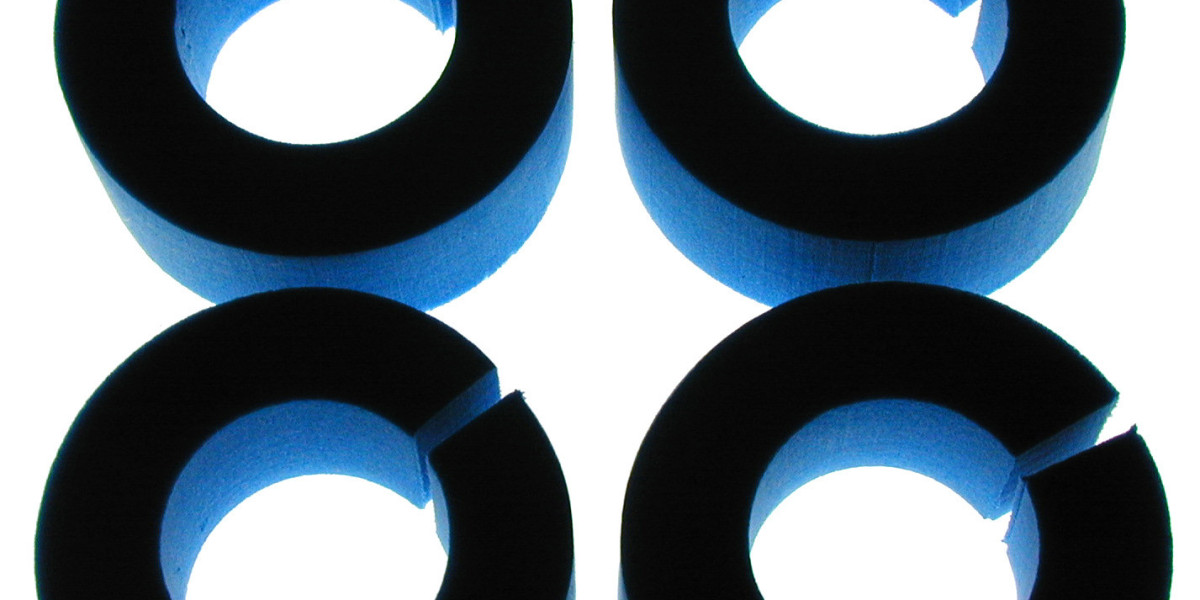What Is KPV Peptide?
KPV stands for the three amino acids lysine, proline and valine arranged in that exact sequence. It is derived from a larger protein called cathelicidin, which plays an important role in innate immunity. When isolated as a standalone peptide, KPV retains the ability to bind to certain receptors on immune cells and dampen inflammatory signaling pathways. In laboratory studies this anti-inflammatory action translates into reduced swelling, less oxidative stress, and quicker restoration of normal tissue function.
Because muscle damage after resistance training is largely driven by inflammation, many researchers have tested whether giving athletes KPV could help their muscles heal faster. The results have been encouraging: participants who received the peptide reported lower levels of muscle soreness, better recovery of strength, and a shorter time needed to return to full training intensity compared with those who took a placebo.
KPV Peptide Dosage: How Much to Take for Faster Muscle Recovery
The most common approach in human trials is to administer KPV orally as a capsule or powder that dissolves in water. The dosage ranges widely in the literature, but the majority of studies have used daily doses between 5 milligrams and 10 milligrams per kilogram of body weight. For an average male athlete weighing 80 kilograms this translates into roughly 400 to 800 milligrams each day.
Some protocols split the dose into two or three smaller servings spread throughout the day. A typical regimen might be one third of the total daily amount taken in the morning, another third around mid-afternoon and the final third just before bed. This schedule helps maintain a steady level of peptide in circulation and can reduce the risk of gastrointestinal upset that sometimes occurs with larger single doses.
Because KPV is not yet approved as a pharmaceutical drug in most countries, there is no official prescription label. Therefore it is important to start at the lower end of the recommended range—around 5 milligrams per kilogram—and monitor how your body responds. If you tolerate the peptide well and are not experiencing any adverse reactions, you can consider gradually increasing the dose up to 10 milligrams per kilogram over a period of weeks.
Recommended Dosage Guidelines
Below is a practical guideline that many athletes find useful when incorporating KPV into their recovery routine:
- Baseline Assessment
- Starting Dose
- Timing
- Monitoring
- Titration
- Cycle Length
- Integration with Other Recovery Tools
- Storage
- Professional Guidance
- Re-evaluation
By following these structured guidelines you can harness KPV peptide’s anti-inflammatory properties to support faster muscle repair without overloading your system. Consistency, careful monitoring, and a balanced approach that includes diet and rest are key components of any successful recovery strategy.








